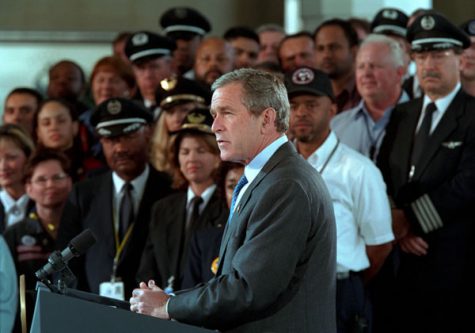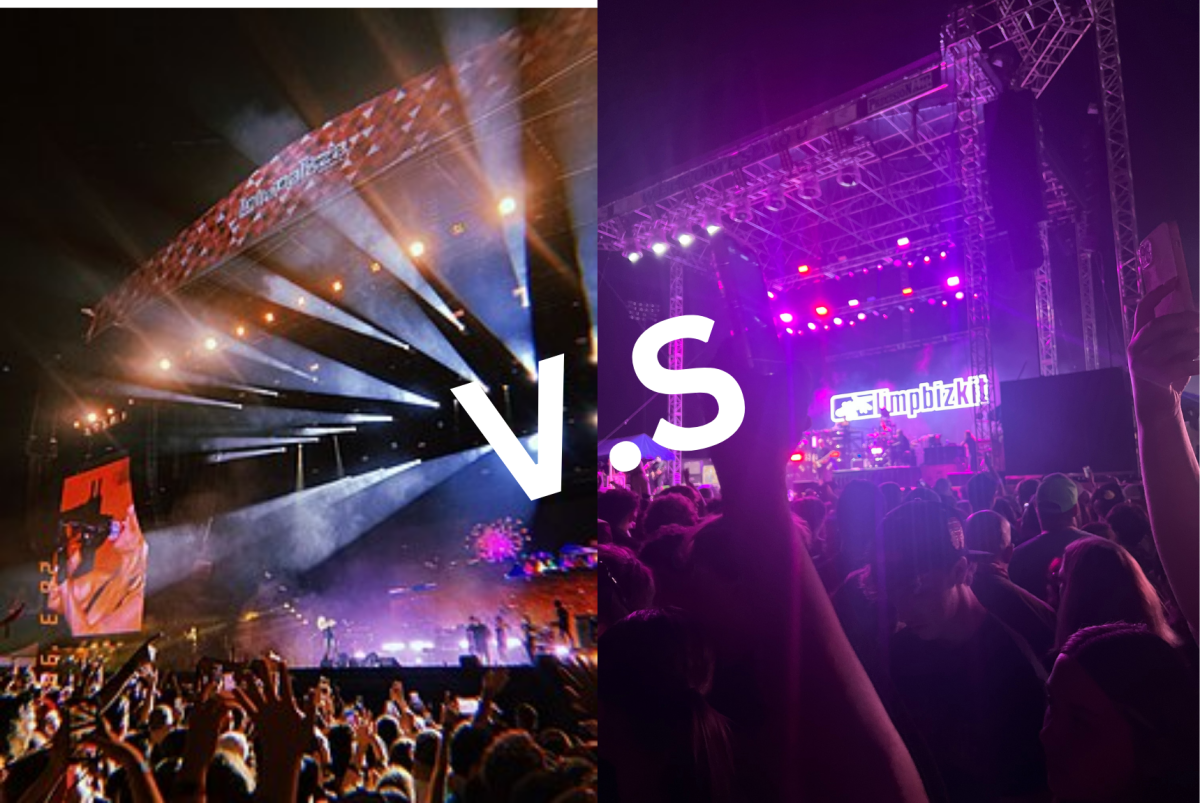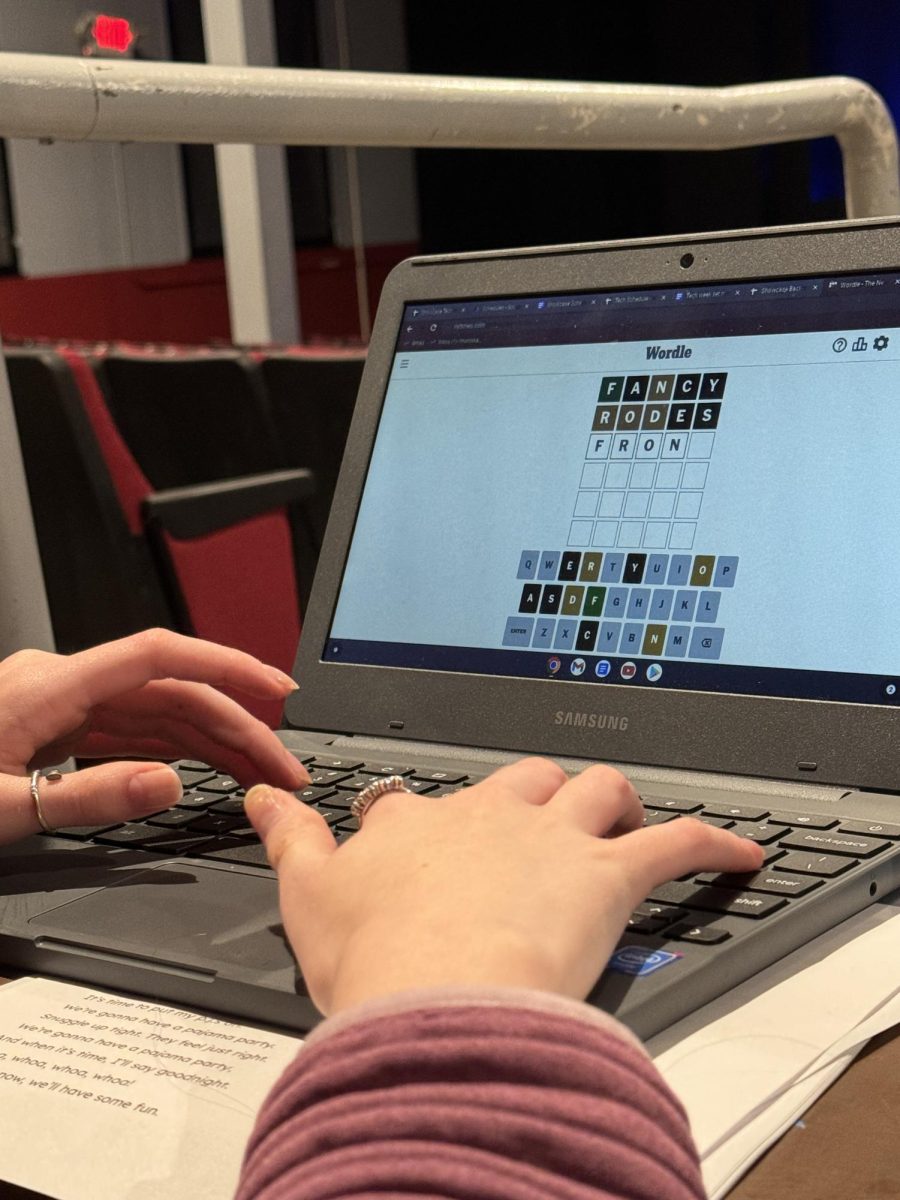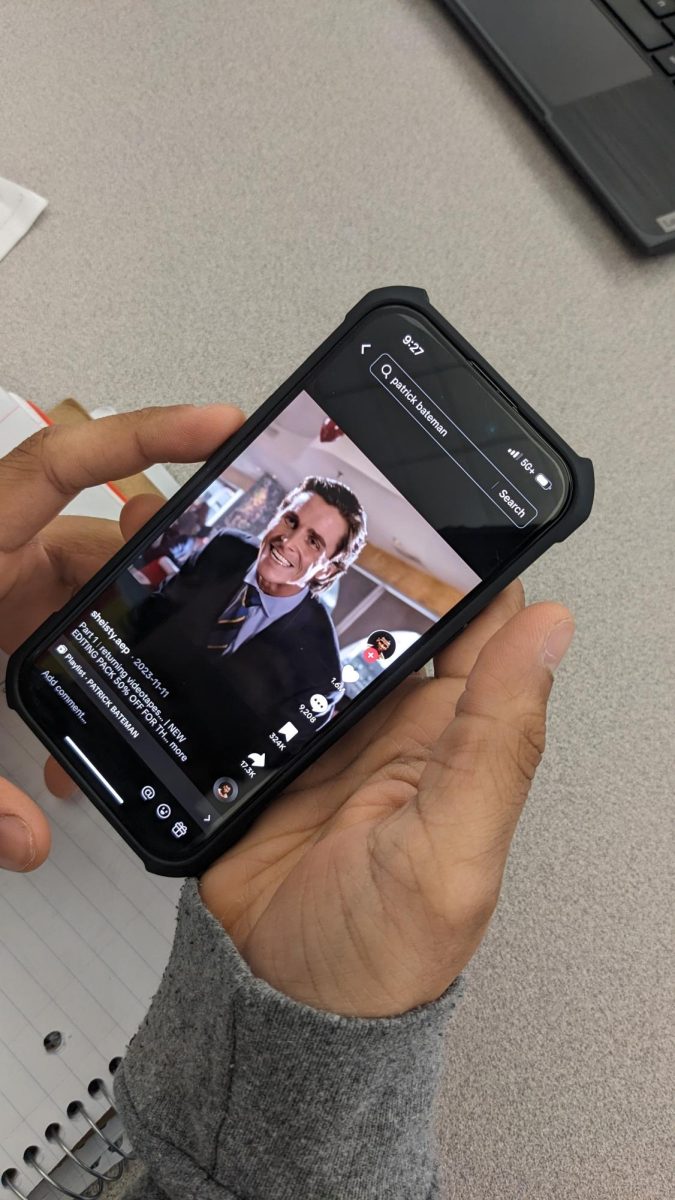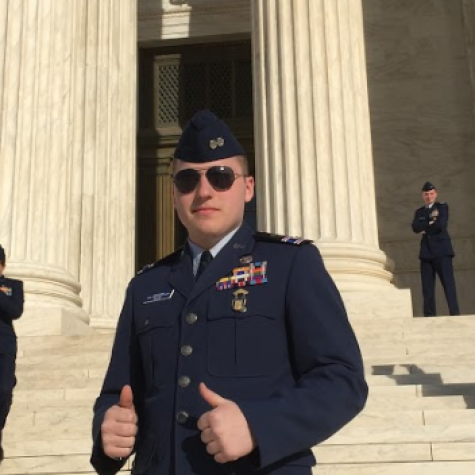The 20th century bore witness to some of the most destructive and evil leaders in world history. The fresh scars they caused are still apparent across the globe today.
In many nations, the population views history through a tinted lens. Many historical accounts are biased, or even neglected. “Soviet Military Intervention in Hungary” details the 1956 Hungarian Revolution and the Soviet response. Authored by historians Jeno Györkei and Miklós Horváth, the book encompasses many aspects of the conflict. In the preface, the authors address their goal to provide an objective account of the events in 1956 — without catering to political correctness.
The book begins with critical background information. Following World War II, the Soviet Union occupied Hungary until a communist government was established. In the 1950s, several student and worker groups advocated for more political freedoms and for Soviet troops to leave the country. The Soviet Union installed a moderate communist, Imre Nagy, as Hungarian prime minister to appease the protestors.
As a surprise to the Soviets, Nagy began supporting the protestors and enacting reforms for free elections and the abolition of the brutal secret police. In response, Soviet soldiers entered the country to suppress the protests. They were met with armed resistance from the Hungarian military and freedom fighters. In total, 2,500 Hungarians and 700 Soviets were killed.
A major factor addressed in the book is the influence of democratic nations. After the uprising began, Nagy began asking the United Nations and NATO for support. In the United Nations, the Soviet Union attempted to distract the council from coming to a resolution. NATO, specifically the United States, vowed to support the Hungarian people. The U.S. sent money — which was practically useless for the Hungarians — and positive energy.
After the background and basic description of the events, written by the Hungarian historians, a second part was added, authored by Russian historian Alexander Kirov. The second part is written with minute detail in mind. The exact figures and additions provide the reader with a thorough understanding of what specifically happened.
The book concludes with an excerpt from Soviet General Yevgeny Malashenko’s memoir. Malashenko was an army section leader for all Soviet troops within Hungary. His perspective was truly fascinating to read. There are several instances where he questions the legitimacy of Soviet intervention but ultimately follows orders to suppress the uprising. Malashenko addresses these instances as tragic, without any personal remorse.
In total, “Soviet Military Intervention in Hungary” sheds light on a little known world event. It provides different perspectives, angles and depths. For those who love history, this book expands the limits of historical accounts. The reader begins to identify with the protestors as well as the Soviet soldiers. The book challenges the reader’s sense of empathy.The Hong Kong protests are similar in principle to the Hungarian Uprising. A large regime has interfered with democracy and wishes to instill its values on the populace. Others have made similar connections. In America, the Hungarian Uprising is a footnote in the history books. Analyzing Soviet intervention in the 20th century can give citizens better insight on the political disturbances of the new millennium.










